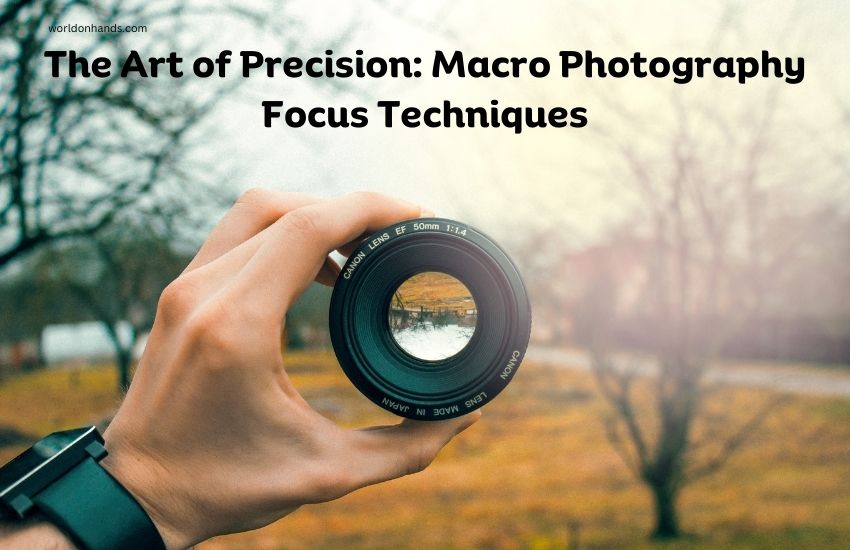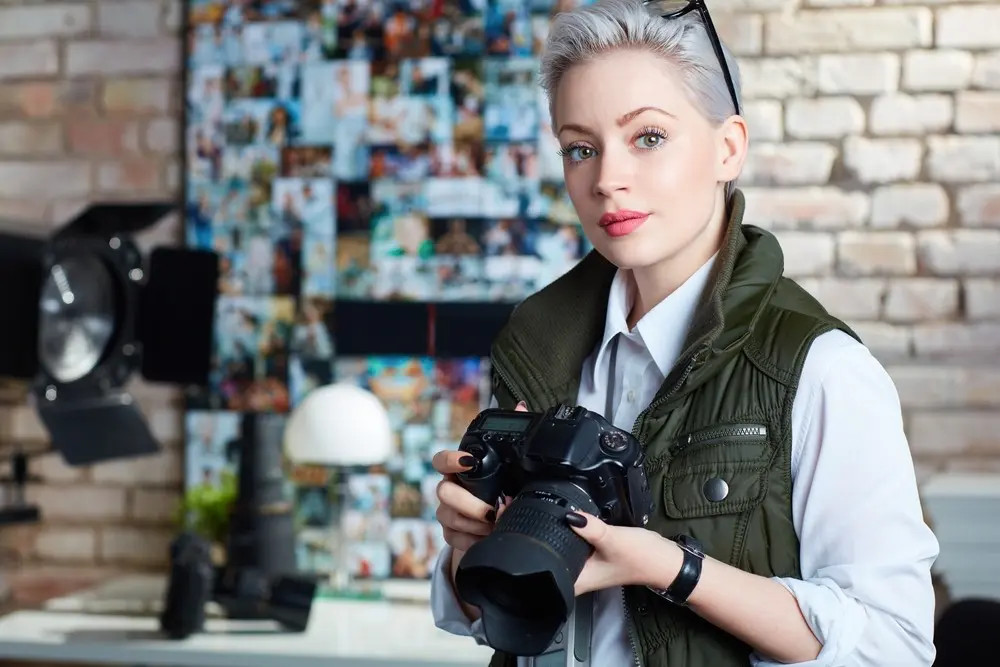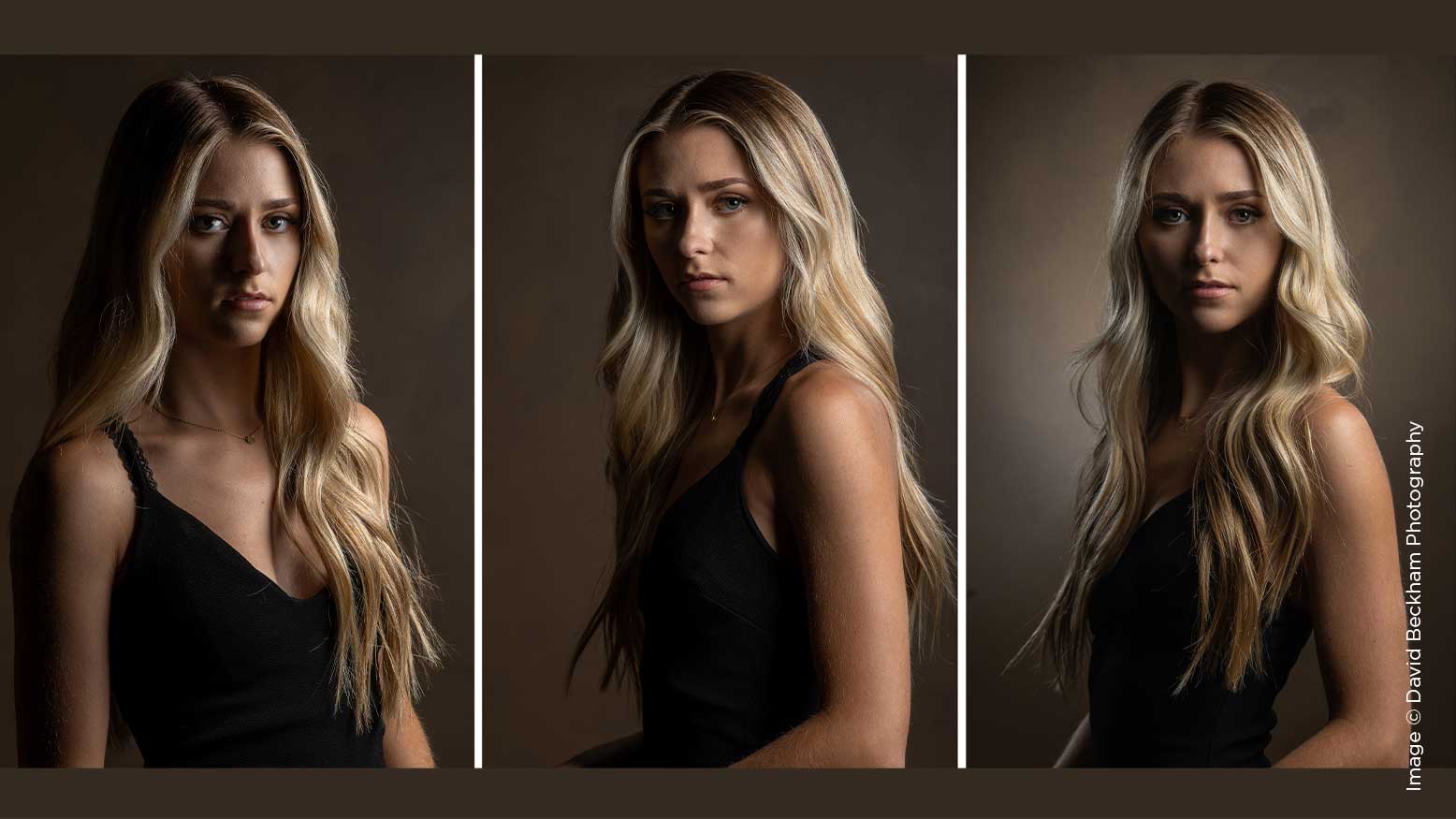Mastering the Lens: Innovative Photography Techniques for the Modern Age

26-11-2024, 00:43 Admin 6 038 0
As the digital age continually evolves, photography has become an amalgamation of traditional techniques and innovative technology, presenting photographers with an inspiring palette of tools to expand their creative horizons. This article aims to chronicle some of the groundbreaking methodologies that are redefining the scope of modern photography.
Let’s kick off our exploration by highlighting a tool that has revolutionized the industry: drones. These flying marvels have redefined the possibilities of aerial photography. By offering previously impossible viewing angles and perspectives, they allow photographers to capture the breadth and depth of landscapes in breathtaking ways. However, efficient use of drones requires mastery of control, knowledge of aerial principles, and understanding the capabilities of drone cameras. For example, the DJI Phantom 4 Pro drone has a mechanical shutter that eliminates rolling shutter distortion, offering pristine image quality.
Though drones are excellent for grand, sweeping views, for intimate, close-up shots, another gadget comes into play: the macro lens. Macro photography reveals minute details of subjects that are invisible to the naked eye, transforming ordinary objects into extraordinary vignettes. The Nikon AF-S VR Micro-Nikkor 105mm f/2.8G lens, among others, is a notable performer in this field, providing crisp and strikingly awe-inspiring close-ups.
For consistently capturing moments that happen in a fraction of a second, high-speed photography meets the mark. Modern DSLRs with high shutter speeds like the Canon 1DX Mark III can effortlessly snap superb shots of swift motion. Moreover, with the advent of smartphone cameras featuring burst mode technology, high-speed photography has become increasingly accessible at a fraction of the cost.
Another technique making waves is High Dynamic Range (HDR) imaging. This technology extracts details from different exposure levels, blending them into a single, vivid image. Software like Adobe Lightroom or Aurora HDR can efficiently aid photographers to master this technique, offering a slew of presets and options that make the process quicker and smoother.
We mustn't forget to mention time-lapse photography—a method that condenses hours of action into a few minutes. Contemporary cameras, both DSLR and mirrorless, feature inbuilt time-lapse settings, simplifying the process. However, apps like LRTimelapse provide more control, enabling photographers to correct flicker and perfect the end result.
So far, we have focused on aspects of 'capturing' the image, but in this digital era, 'processing' is equally crucial. Hence, photographers need to be adept at using photo-editing software. These platforms, such as Adobe Photoshop and Lightroom, offer incredible options for enhancing images, adding effects, and correcting errors. In essence, they provide photographers with the tools to elevate their shots to new artistic heights while streamlining their workflow.
In a nutshell, mastering photography in the modern age is not just about understanding the principles of composition, lighting, and perspective—it's about fusing these principles with innovative technology and techniques. Leveraging the power of drones, macro lenses, high-speed cameras, HDR imaging, time-lapse tools, and photo-editing software can profoundly shape a photographer's craft, opening up vistas of creativity that even Ansel Adams could never have envisioned.
Let’s kick off our exploration by highlighting a tool that has revolutionized the industry: drones. These flying marvels have redefined the possibilities of aerial photography. By offering previously impossible viewing angles and perspectives, they allow photographers to capture the breadth and depth of landscapes in breathtaking ways. However, efficient use of drones requires mastery of control, knowledge of aerial principles, and understanding the capabilities of drone cameras. For example, the DJI Phantom 4 Pro drone has a mechanical shutter that eliminates rolling shutter distortion, offering pristine image quality.
Though drones are excellent for grand, sweeping views, for intimate, close-up shots, another gadget comes into play: the macro lens. Macro photography reveals minute details of subjects that are invisible to the naked eye, transforming ordinary objects into extraordinary vignettes. The Nikon AF-S VR Micro-Nikkor 105mm f/2.8G lens, among others, is a notable performer in this field, providing crisp and strikingly awe-inspiring close-ups.
For consistently capturing moments that happen in a fraction of a second, high-speed photography meets the mark. Modern DSLRs with high shutter speeds like the Canon 1DX Mark III can effortlessly snap superb shots of swift motion. Moreover, with the advent of smartphone cameras featuring burst mode technology, high-speed photography has become increasingly accessible at a fraction of the cost.
Another technique making waves is High Dynamic Range (HDR) imaging. This technology extracts details from different exposure levels, blending them into a single, vivid image. Software like Adobe Lightroom or Aurora HDR can efficiently aid photographers to master this technique, offering a slew of presets and options that make the process quicker and smoother.
We mustn't forget to mention time-lapse photography—a method that condenses hours of action into a few minutes. Contemporary cameras, both DSLR and mirrorless, feature inbuilt time-lapse settings, simplifying the process. However, apps like LRTimelapse provide more control, enabling photographers to correct flicker and perfect the end result.
So far, we have focused on aspects of 'capturing' the image, but in this digital era, 'processing' is equally crucial. Hence, photographers need to be adept at using photo-editing software. These platforms, such as Adobe Photoshop and Lightroom, offer incredible options for enhancing images, adding effects, and correcting errors. In essence, they provide photographers with the tools to elevate their shots to new artistic heights while streamlining their workflow.
In a nutshell, mastering photography in the modern age is not just about understanding the principles of composition, lighting, and perspective—it's about fusing these principles with innovative technology and techniques. Leveraging the power of drones, macro lenses, high-speed cameras, HDR imaging, time-lapse tools, and photo-editing software can profoundly shape a photographer's craft, opening up vistas of creativity that even Ansel Adams could never have envisioned.
Related News
Leave a Comment


